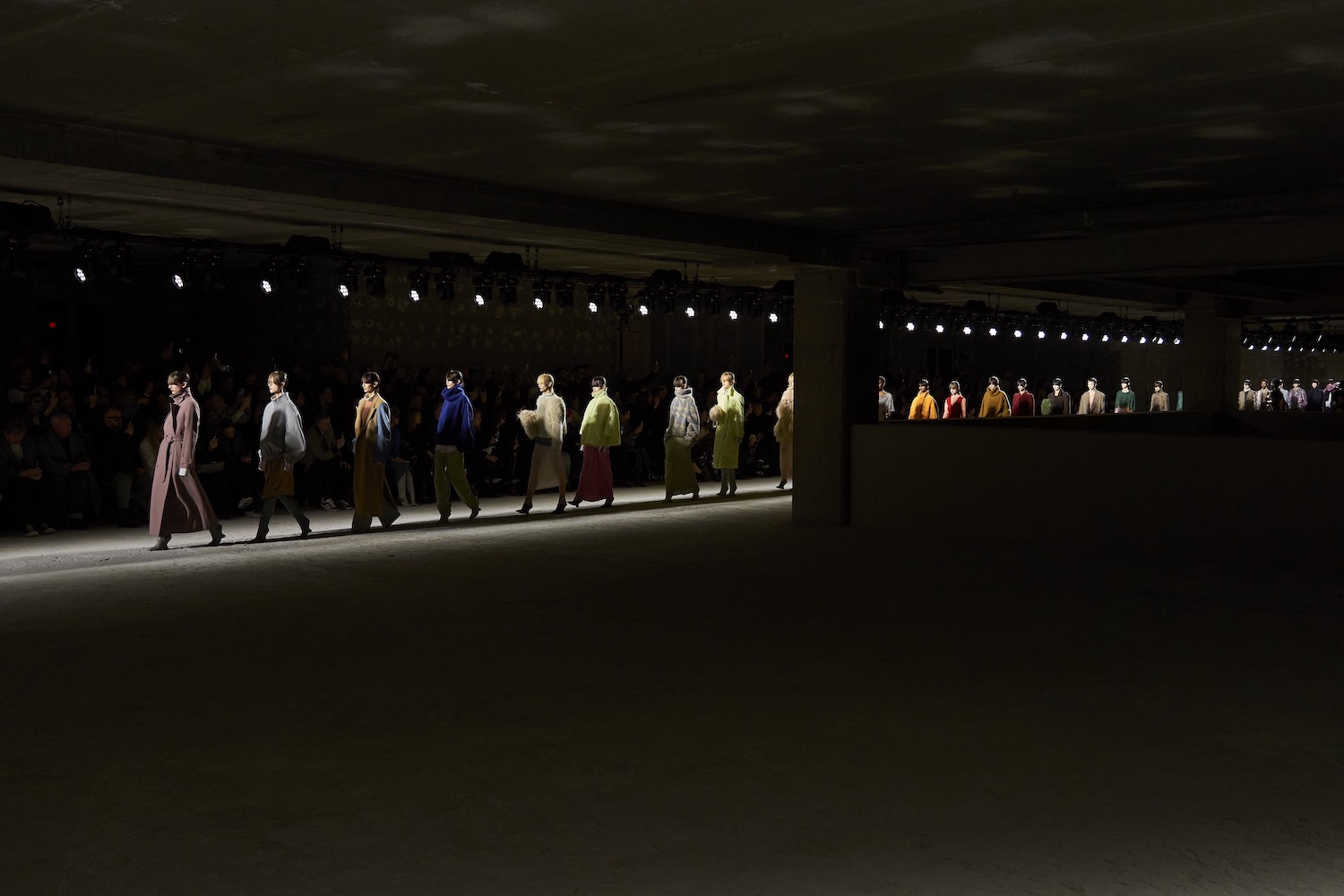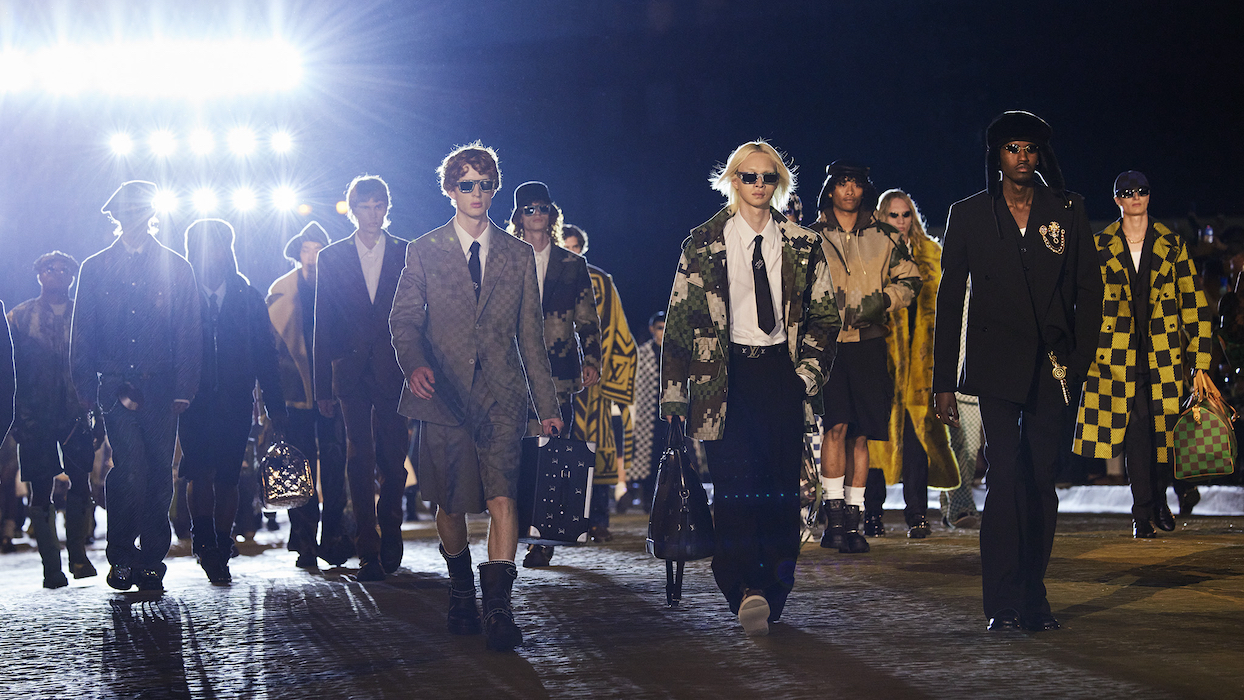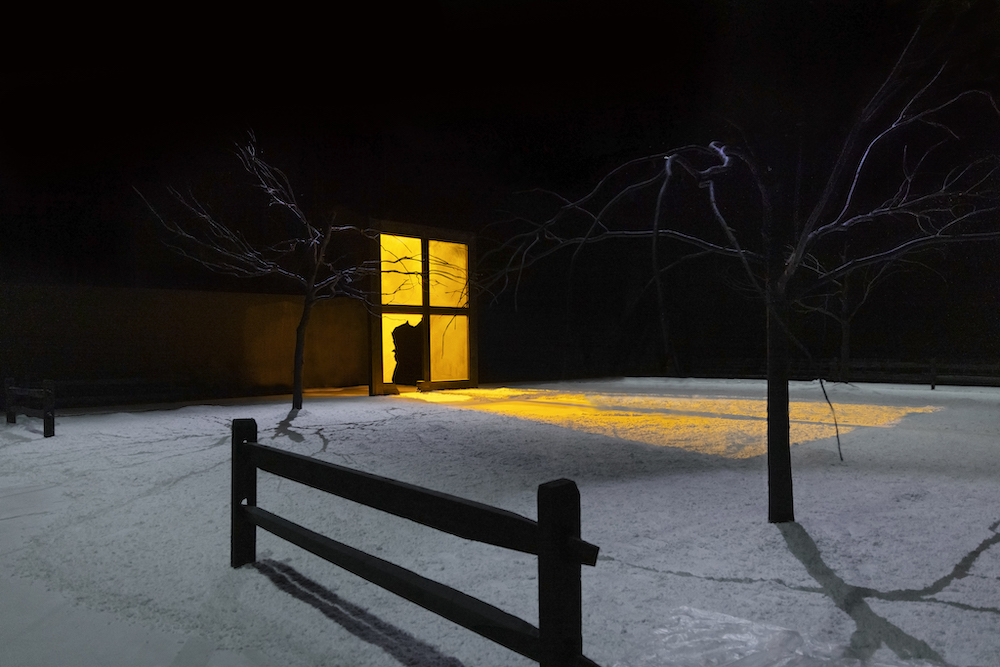Etienne Russo has been behind some of the most epic and transformative fashion shows and events in recent memory. With his event company villa eugénie, Russo has not just upped the ante, but expanded the possibilities and expectations of an immersive experience.
When Moncler’s Remo Ruffini needs to wow with a new collection, he calls on Russo to do his magic—whether it’s transforming the Hammerstein Ballroom into a massive LED grid filled with 60 choristers behind a Pendulum Choir pivoting on hydraulic cylinders or a Valentine’s Day-themed presentation of ski style set on moving platforms with models taking the place of truffles in a reimagined oversized box of chocolates. Or when Thom Browne needed to orchestrate an office of 40 identical models acting in unison for twenty minutes, or to create a narrative of heartbreak staged in a Victorian operating theater as snow falls from above.
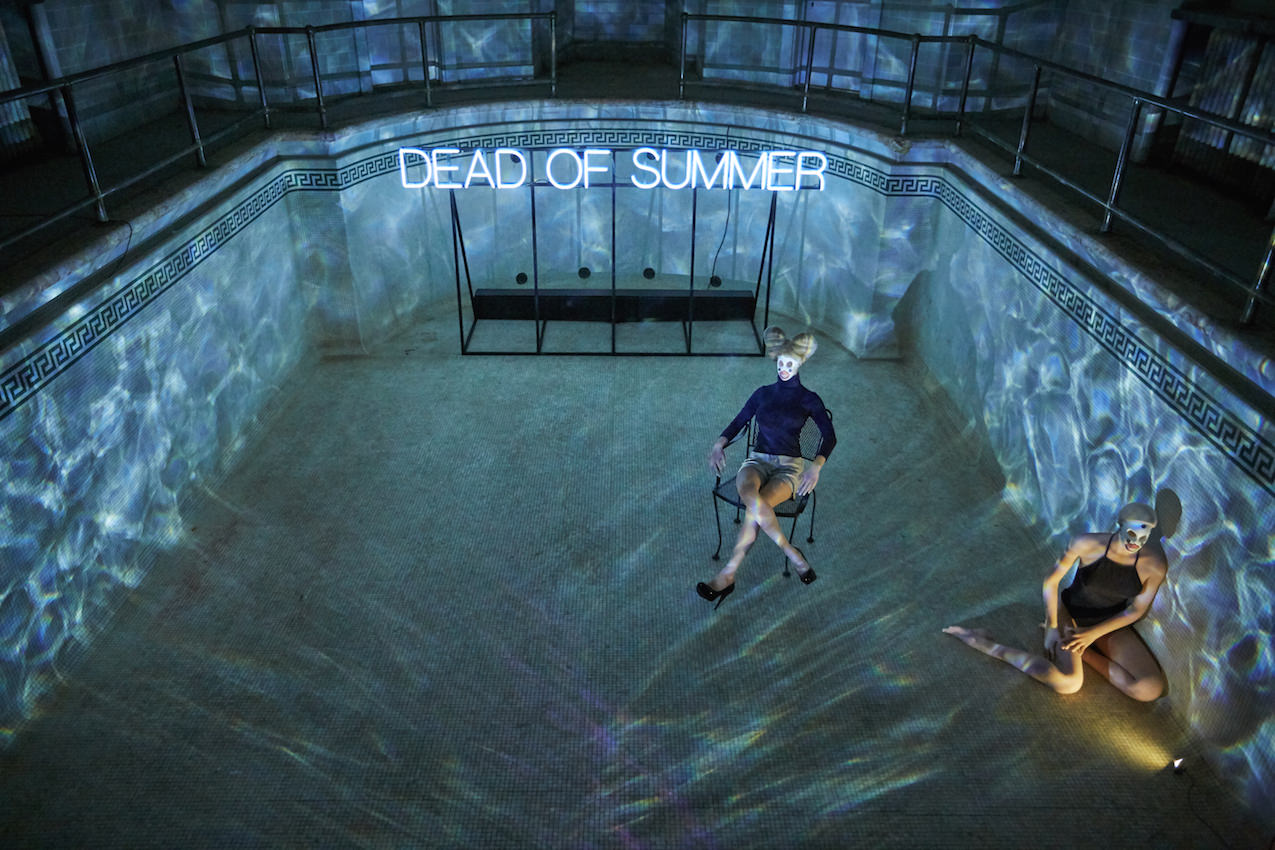
NARS x Steven Klein Party, Fall/ Winter 2015–16, Alder Manor, New York, photo by Nisian Hughes for villa eugénie.
Whitewall sat down with Russo to discuss his rise from being a club promoter and party planner in the eighties to working with Dries Van Noten in Belgium in the early nineties, to twenty years of creating events with villa eugénie.
WHITEWALL: villa eugénie has been active now for over twenty years. But let’s go back first. How did you start?
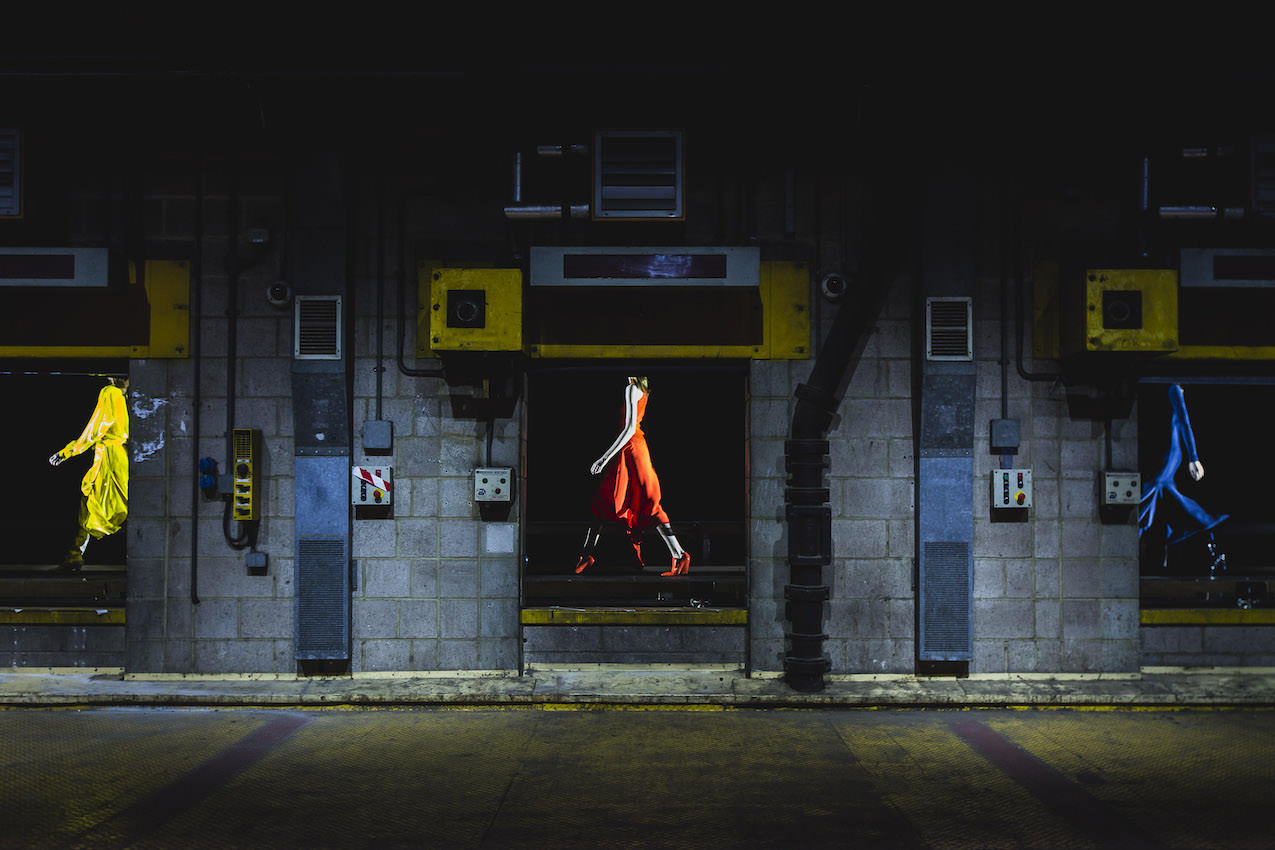
Mulberry, Womenswear Spring/Summer 2017, The Printworks, London, photo by Daniel Sims for villa eugénie.
ETIENNE RUSSO: It’s a long story. I went to the école hotelière in Belgium. Then I worked in a restaurant where I learned how to be rigorous, precise, and on time. After a few years there, I felt it was time to explore other horizons.
In the late seventies I met a stylist who encouraged me to become a model. I then modeled and traveled while living in Japan. I remember doing a show in Tokyo for Yamamoto Kansai for 11,000 people. It was a huge event. It was very impressive and impacted me very much. I started collecting experiences like that.
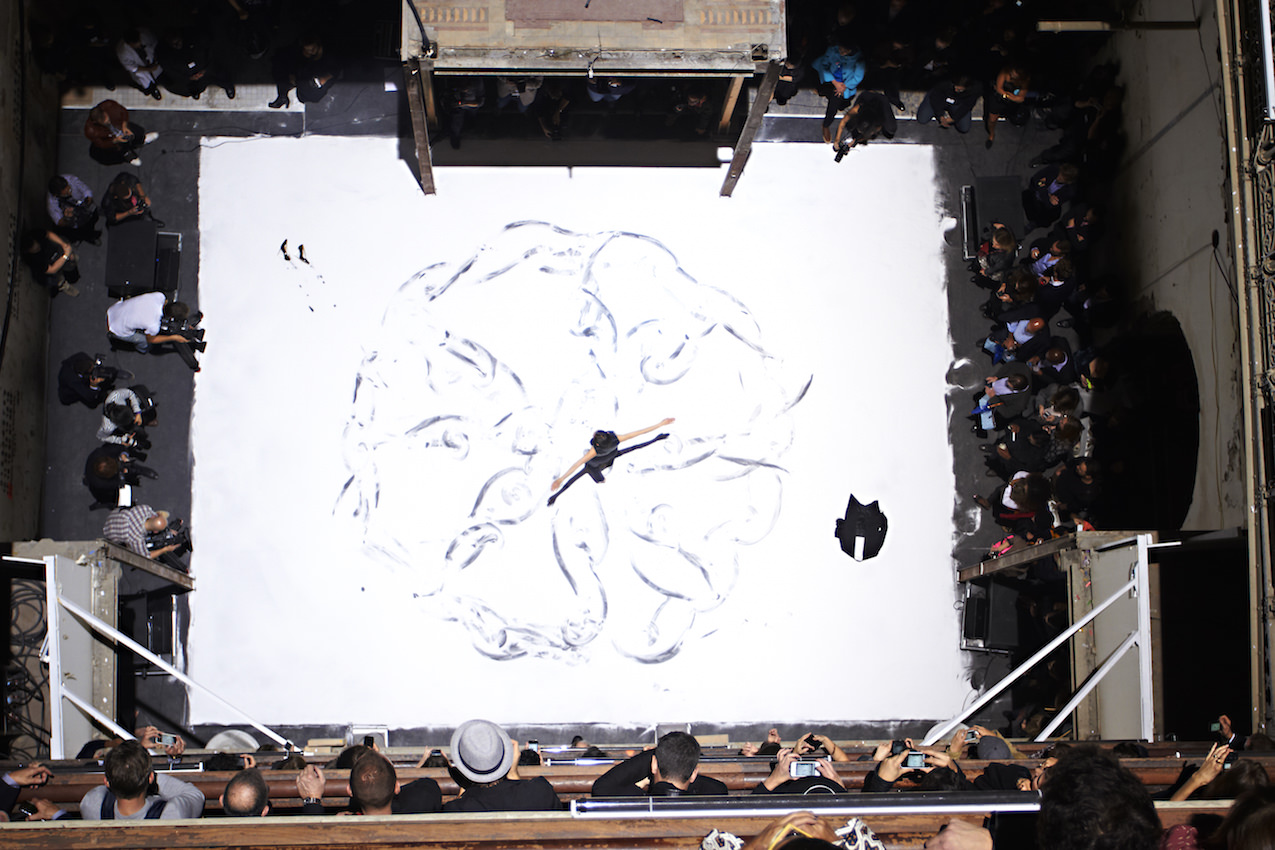
Maison Martin Margiela for H&M, The Beekman, New York, Nisian Hughes for villa eugénie.
I also started working in a club, as a bartender first, and then not long after, producing parties. For over ten years that club was a laboratory for me. It was the eighties, so the crowd was a really interesting mix of DJs, artists, music producers, dancers.
WW: What were some of your first events like there?
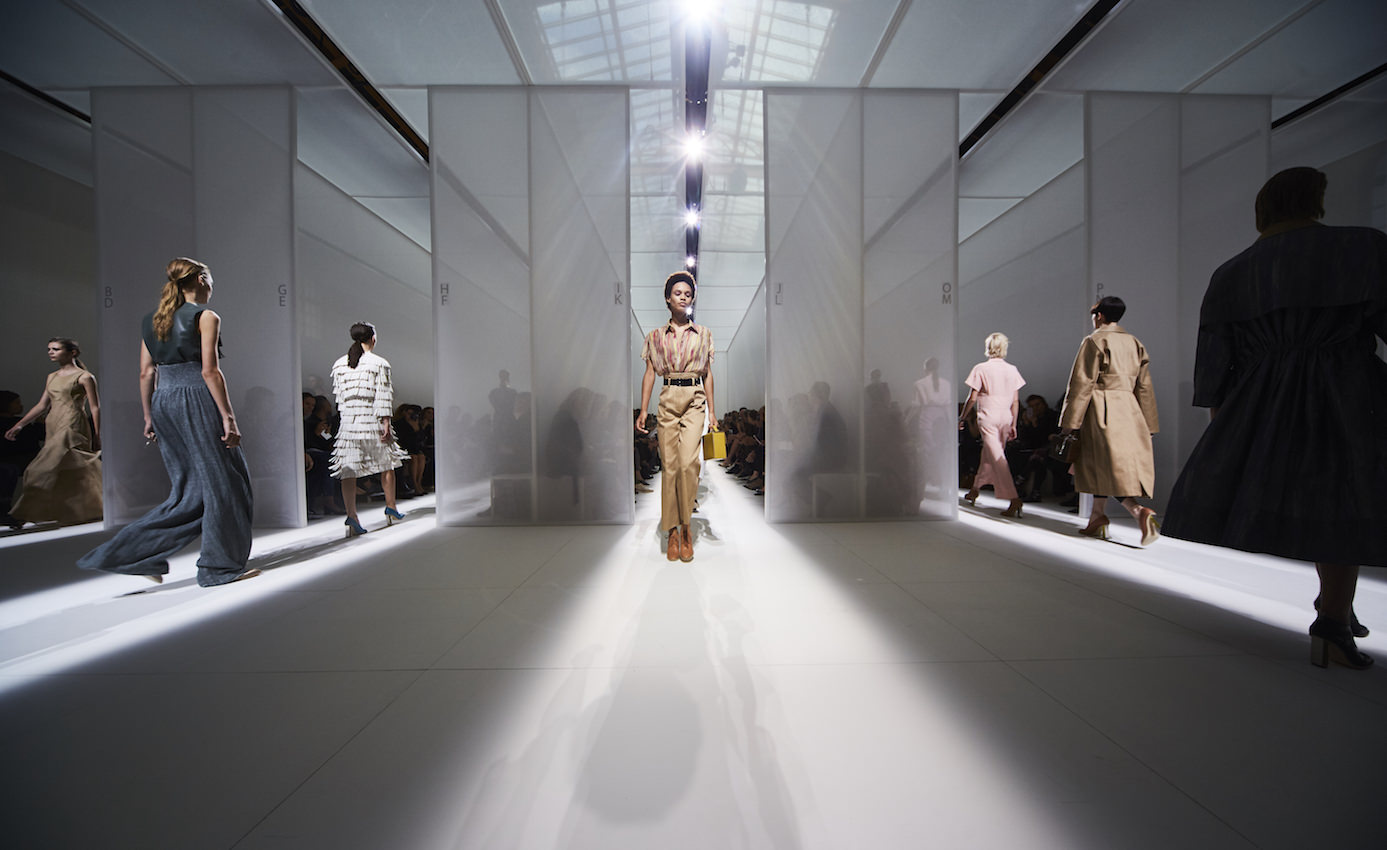
Hermès, WSS 17, Manège de la Garde Républicaine, Paris, photo by Camilla Alibrandi for villa eugénie.
ER: My first party was an opera-themed party. One of my friends was the assistant technical director to the opera in Brussels. He showed me the opera house from top to bottom and I was amazed. I asked if we could borrow a few parts of the set they weren’t using. I wanted to transform the club, to do something different. I asked my friend Octavian to sing—a French opera singer, and the first androgynous model I’d ever met. He wore a tuxedo jumpsuit from Jean-Paul Gaultier. It was diagonally cut so only one arm was covered, and he sang on a bench on the stage of the club, not facing the audience. Everybody thought he was a woman until the moment he stood up and turned around. That was my first party.
WW: How did you go from those kinds of parties to doing events for fashion?
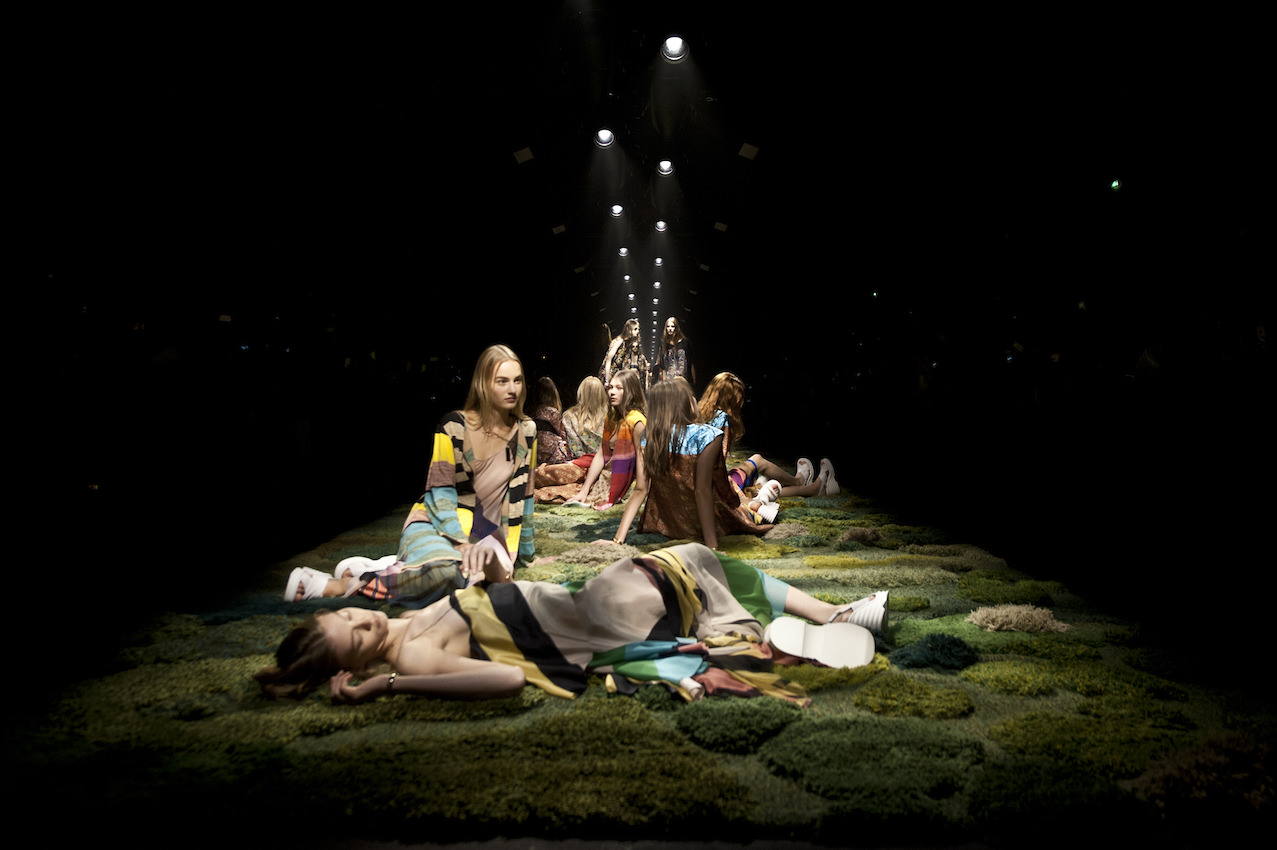
Dries Van Noten,WSS15, Paris, photo by Mathieu Ridelle for villa eugénie.
ER: In the mid-eighties, it was an extremely exciting and engaging time for Belgian fashion. I started organizing shows and a young designer contest for three years in the club. That’s where I really learned a lot. We didn’t have much money and you had to do everything yourself if you wanted to make things happen.
On another young designer festival I organized a few years later, Olivier Theyskens was one of the young talents that we had. And as guest designers we had Dean and Dan [Caten of Dsquared2], they were just starting.
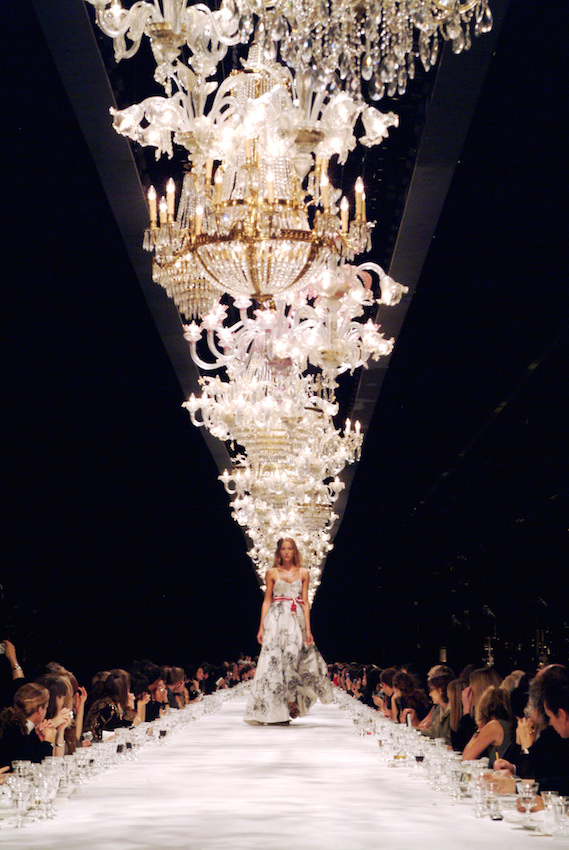
Dries Van Noten, Womenswear Spring/Summer 2005, Babcock & Wilcox, Paris, photo by Mathieu Ridelle for villa eugénie.
WW: How did you become close with Dries Van Noten?
ER: I worked with the Antwerp Six as they were only just emerging. I did several campaign shoots with Walter Van Beirendonck and also became close to Dries. At Dries we were a very small team, like a family. It was the very beginning. We would travel to London, Florence, Milan and Paris to show his collections. At night while having dinner we would be dreaming: “Wow, one day if we can do a show, we’d do this or we’d do that.”
Finally, one day in 1990 he said, “Well, Etienne, I’m about to do my first show in Paris. Do you want to do it?”
Of course I said yes, not knowing what I was agreeing to. I did my first show in Paris in 1991 with Dries Van Noten. Twenty minutes before the show I was so stressed that I went in the toilet and I locked myself in! Dries was looking everywhere for me. When I think about it, it’s funny, but I’m not sure Dries liked it then.
WW: That’s the beginning of the journey. After that show, did you realize right away that this would be your future?
ER: As a model, I was always attracted by the other side of things: the production, the lighting, the construction. At the club, I was trying to explore everything I could.
WW: And then one day you connected the dots.
ER: The moment was exciting, you were not thinking about tomorrow. I was finishing one show at a time. There was no strategy whatsoever. It was an adventure. I opened my company [villa eugénie] five years after the first show.
WW: In your youth, what were you dreaming about?
ER: I was amazed by the movies. Being a kid in the late sixties, I remember the beautiful movies in black-and-white, in technicolor. They were magical. I thought life was like this. I thought it was real life and I wanted to somehow be part of it.
WW: At villa eugénie, what is the starting point for each project?
ER: There is no real format. It all depends on who we have in front of us. The dialogue is never the same. We can receive a briefing, whether it’s some pieces of fabric, a mood board or a conversation. We respond with images and we adapt until we understand where to go. There is a lot of inspiration from contemporary art, books, movies, lighting, architecture and the street—but never fashion.
WW: Do you try and tell a story?
ER: The storytelling is key to me. It’s important that when the audience steps into a venue, from the moment they pass the door, they are emerging into a total environment. Every detail is important to convey a story and an emotion.
WW: You mentioned contemporary art as an inspiration. Do you have any favorite artists? Do you collect?
ER: It is clearly one of my sources of inspiration. I buy what I like, I don’t think much about what I buy, it’s instinctive. For me, art is a window—a window that takes you to another world. It shakes you, it makes you question yourself, allows you to travel or dream. It’s a reflection of our time.
WW: And you collaborate with artists, as well, like Daniel Arsham.
ER: I met Daniel Arsham when we produced an event in New York around the collaboration of H&M with Maison Martin Margiela. Because it was Margiela, we were looking for a different way to show the collection. We found this amazing venue, 5 Beekman, that is today the Beekman Hotel. It started there. Instead of working with models, we proposed to do something with Anne Teresa De Keersmaeker, the contemporary choreographer, and her company Rosas. I went to her studio and on the floor was one big square of white sand.
She went on the square of sand and started moving, and as she was moving she was drawing something on the sand, like a compass. I was blown away. It was extraordinary. So we decided, for each piece—close to 40—that we would have a canvas of white sand, and one by one the dancers would go and do a performance, leaving marks, taking off either a coat, a pair of shoes, a bag, and abandoning it in the sand. So there was a trace of what was left after the performance.
Amongst this presentation/installation, there were artists that fit into the Margiela world and Daniel was one of them. Since then we have become good friends, and, yes, I collect some of his art.
WW: You mentioned the venue, 5 Beekman. Locations seem key to what you do. How do you find them?
ER: Way back I collaborated with Marthe Lagache, a friend who showed me amazing venues. Nowadays I have the chance to be supported by a very dedicated team of talented people at villa eugénie, among which some of them are doing location scouting throughout the year.
The venue is key because when you have a venue with a soul you already have a part of the story.
WW: Tell us about the Steven Klein and François Nars makeup collection collaboration in Yonkers in 2015. We were lucky to be there. It was incredible!
ER: That event was one of a kind. I loved the venue in Yonkers. It had such a story as well. I remember going to see it for the first time in January at night, it was snowing. I loved the ambiance immediately. We quickly decided to divide the manor into a series of experience rooms displaying installations based on Steven’s shoot for Nars—whether human tableaux, videos, or photographs. It was such a joy, the preparation was just as much excitement as the event itself and the collaboration with Steven and François such an amazing experience.
WW: You’ve also worked with Thom Browne for more than ten years. Can you tell us about that?
ER: Thom and I were introduced once at lunch by Miki Higasa, it was love at first sight. I think what made me very excited about him was that he doesn’t have the same background as anybody else in fashion. He was in L.A., he was a stylist, he was an artist, he was an actor. And you can feel that in his shows, the stories are always extremely strong; it’s always like a little movie. Tom has an extremely clear vision of what he wants.
WW: And the shows you’ve produced for Moncler have been quite over-the-top, too.
ER: With Moncler I wouldn’t say we have carte blanche, but almost. We are fully in charge of designing the event and producing it. Remo Ruffini has become an excellent friend. We’re like family. I love him because he is a risk taker. We always push each other further, I love that.
WW: And what is it like working with Karl Lagerfeld?
ER: Working with Karl is such inspirational experience. All of his ideas and concepts are brilliant. I very much enjoy working with him on Fendi and Chanel.
WW: Any projects we didn’t touch upon that were particularly memorable for you?
ER: For me, the most exciting ones are the ones to come. I have a few upcoming projects that I’m very exited about…
WW: But of course you cannot talk about it.
ER: [Laughs] I’m like a doctor or a lawyer. I have a lot of information, but I don’t disclose any of it. It’s good to keep the surprise, isn’t it?
WW: What about your new HEAVENSAKE? Newly launched high-end sake. How did you become interested in that?
ER: I embarked on that adventure with two friends of mine, Carl Hirschmann and Benjamin Eymere, who like me love good sake. One day in Ibiza, we had lunch together, and Carl told me about his idea to produce some sake. We ended up saying, “Why don’t we do a business out of it?” He already had this amazing name: “HEAVENSAKE.”
We started like that, not knowing anything, just the three of us. What we were sure about is that we absolutely wanted to incorporate a French touch. For this reason we teamed up with the prestigious Chef de Cave Régis Camus, who has been awarded several times for being best Chef de Cave in Champagne. He travelled to Japan to make a blend for us and came back with the Heavensake taste as we know it. I’m in love with it.
WW: Your events disappear after the experience? Would you want to capture those experiences in the form of a movie?
ER: Today a lot of virtual memories remain with digital media. The rest is in people’s minds, which is for me the most beautiful thing. If you look at a picture, you remember what you saw but when you recall it in your mind, there’s no frame to it.
Most of our events are indeed very ephemeral. At times, we do have more long-term projects though. For example we were approached by the Manchester Museum to transform and redesign their Living Worlds gallery, which is a permanent exhibition.
We’ve been contacted a couple of times to work on movies but unfortunately the timing wasn’t right. It’s still something I’d very much like to do.
WW: What do you wish for yourself in the next twenty years?
ER: I’d say health. If I’m in good health, I don’t think I’ll stop working. My work gives me stress but brings me so much joy. I’m learning every single day of my life and that’s what keeps me going. So I’d like to be healthy enough to still be working in twenty years.
This article is featured in Whitewall’s winter 2017 Luxury Issue.




